#Youngia japonica
Text

オニタビラコ(2月20日)#路傍の植物園
Oriental false hawksbeard (Youngia japonica)
5 notes
·
View notes
Text



0 notes
Text
Art Week Workshop: Nature prints with Keg de Souza (12.9.24)
Description of session
"Plants have always moved over and between land masses, transported both intentionally and inadvertently from their native lands to new ones. This spread of plants has accelerated over the past few hundred years through colonial expansion, massively altering ecosystems.
We will begin by wandering the university gardens to gather weeds. These specimens will serve as a starting point to return to the printmedia room to print, research and discuss how the movement of plants has left lasting impacts, many of which have propelled us towards climate crisis."
Short summary of Keg de Souza's practice (with link to portfolio)
Goan heritage (from the Goa state in India)
Politics of space (architecture, colonialism, displacement, culture, etc.) - e.g. Abundance: Fruit of the Sea, Bounty of the Mountain (2016) and Impossible Utopia (2011)
Botany/landscapes in relation to global/colonial histories (documented in herbariums and other botanical archives), as well as the impacts these histories have (e.g. "trauma of the landscape") - e.g. If a coconut falls (2024) and Monumental as Anything (2023)
Process and research (with images)
We collected a number of plants (mostly weeds) in a hidden garden on campus.
After choosing the ones we liked to use for our print, we rolled ink onto the plants and printed them onto paper to create a monoprint (NOTE: I WILL DEFINITELY CONSIDER THIS PROCESS FOR A FUTURE WORK).
Some of the plants I found that I could identify: Euphorbia peplus (Petty Spurge), Nandina domestica (Heavenly Bamboo), Cyclospermum Leptophyllum (Marsh Parlsey), Youngia japonica (Oriental False Hawksbeard), Epilobium ciliatum (Fringed Willow-herb)
Interestingly, after some research, I learnt that all of these plants either have been used or are being researched for their medicinal properties.
Petty Spurge: Has been historically used to treat warts and other skin conditions, and has recently been researched for its cytotoxic (toxic to cells) properties in treating non-melanoma skin cancers.
Marsh Parsley: Has been researched for antibacterial and antimicrobial properties.
Heavenly Bamboo: Antimicrobial and anti-inflammatory properties for treating colds, asthma and other respiratory conditions in traditional Chinese and Japanese medicine.
Oriental False Hawksbeard: Used for treating fever, snakebites, coughs and colds, shingles, sore throat and diarrhoea in traditional Chinese medicine (and for treating wounds, and preventing the formation of kidney stones in traditional Bangladeshi medicine) - recent research has also found antiviral properties in treating respiratory conditions like RSV.
Fringed Willow-herb (not used in monoprints out of fear that the flowers would get damaged in their already delicate state - perhaps I could try a technique not too dissimilar to the Japanese printing technique gyotaku): Used to treat infected skin sores, hip and back pain, and diarrhoea and other gastrointestinal problems by some Indigenous American groups.
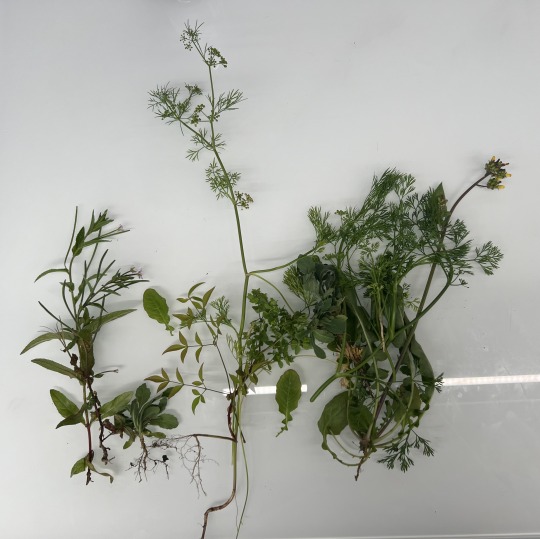
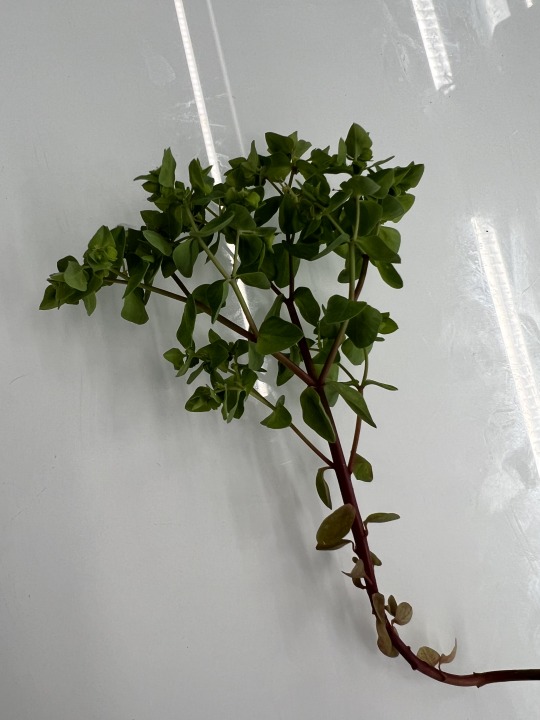
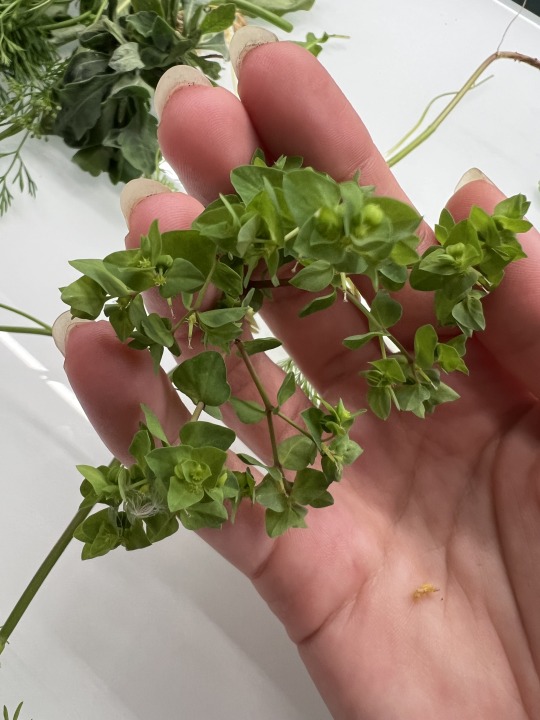
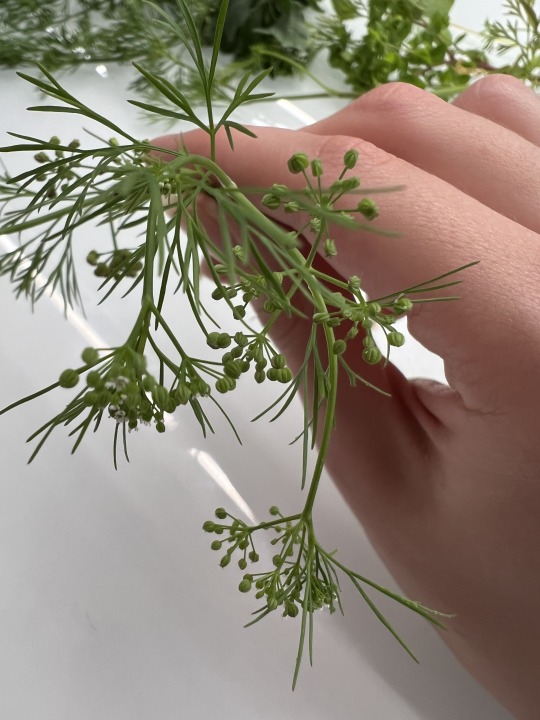
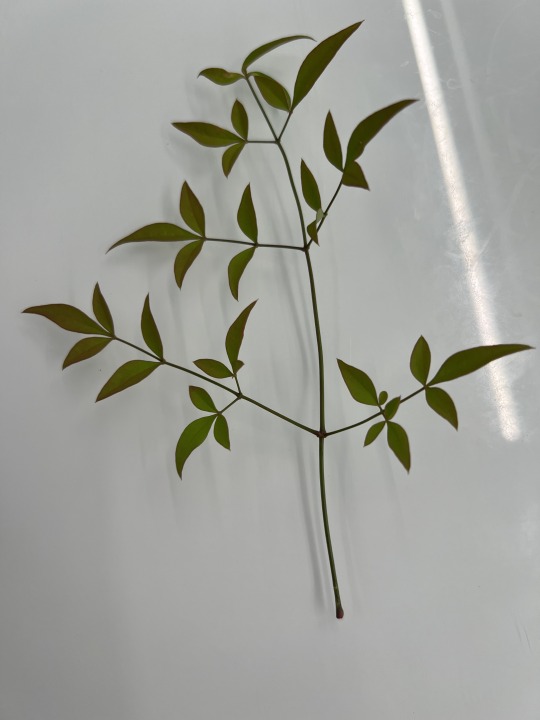

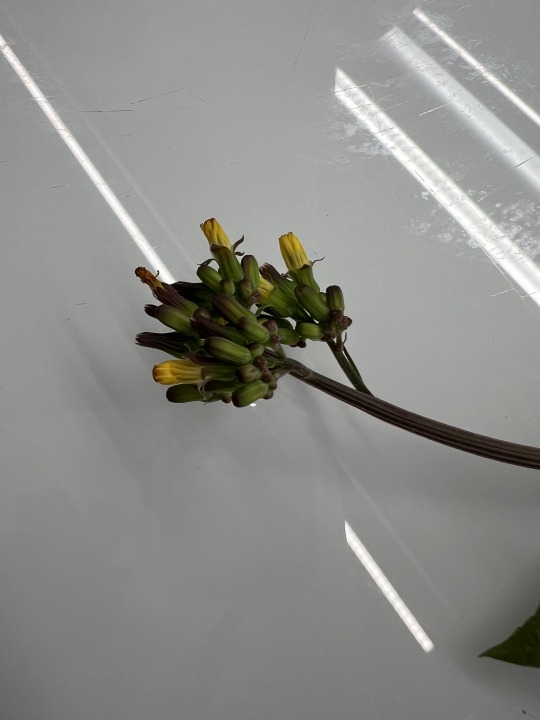
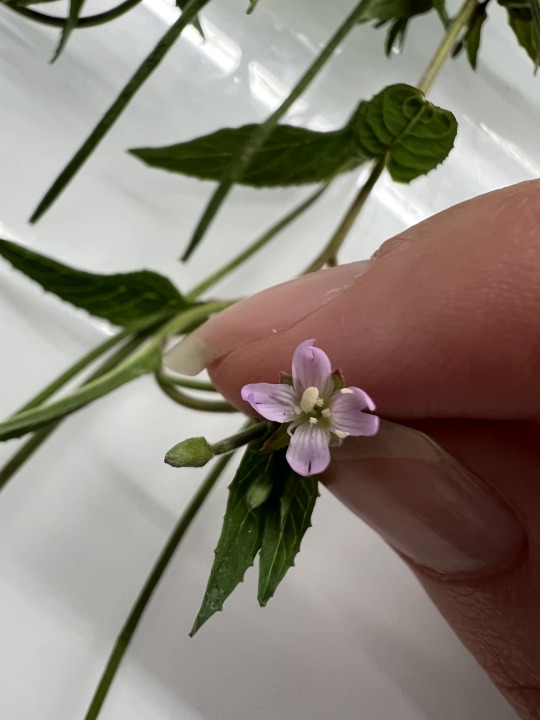
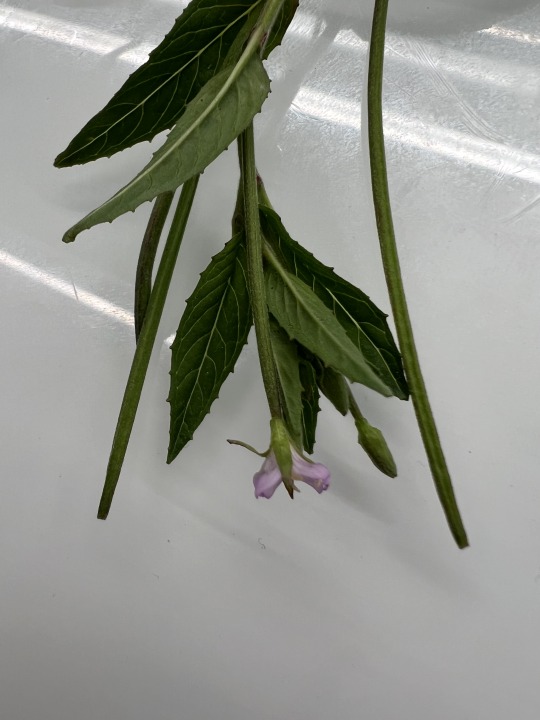
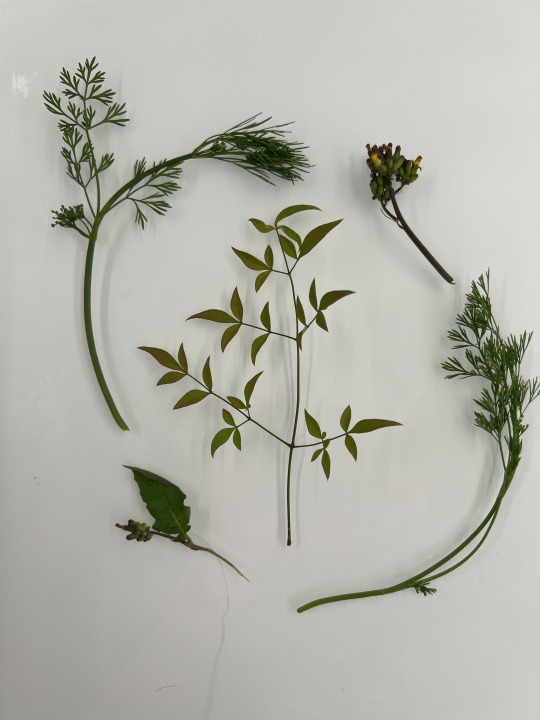
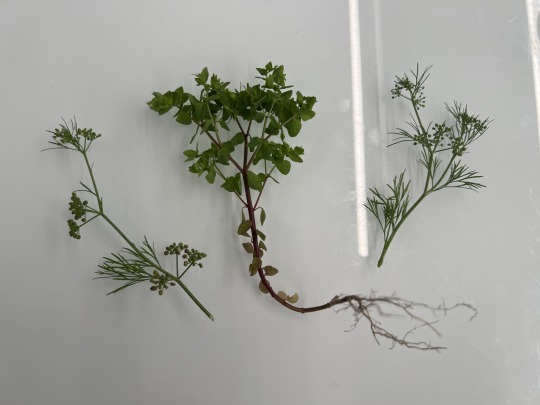
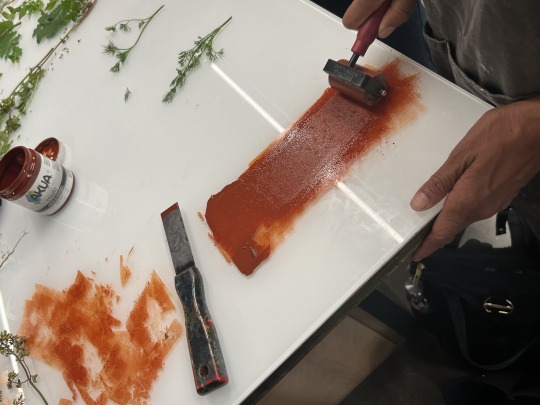
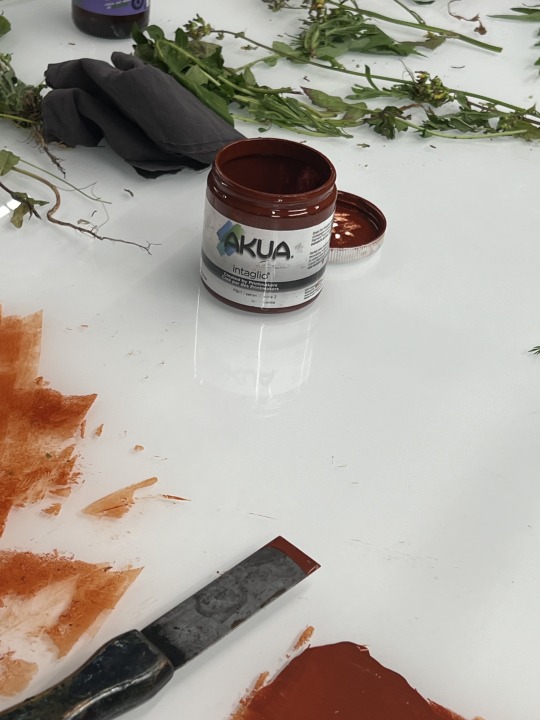
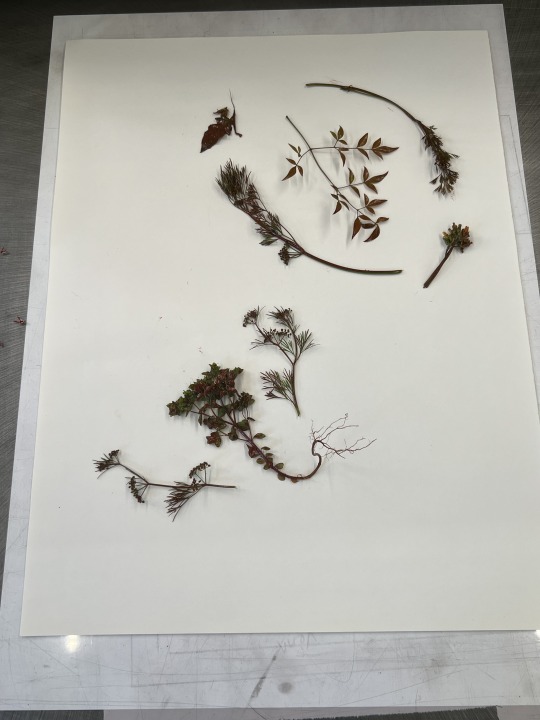
Final prints
Row 1-2: Ghosts of a Herbarium: Euphorbia peplus (Petty Spurge) and Cyclospermum Leptophyllum (Marsh Parsley)
Row 3-5: Ghosts of a Herbarium: Sprig of Nandina domestica (Heavenly Bamboo) embraced by Cyclospermum Leptophyllum (Marsh Parlsey) and Youngia japonica (Oriental False Hawksbeard)
Row 6: Both monoprints alongside each other
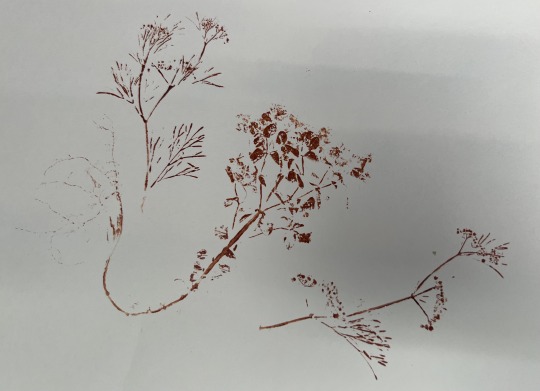
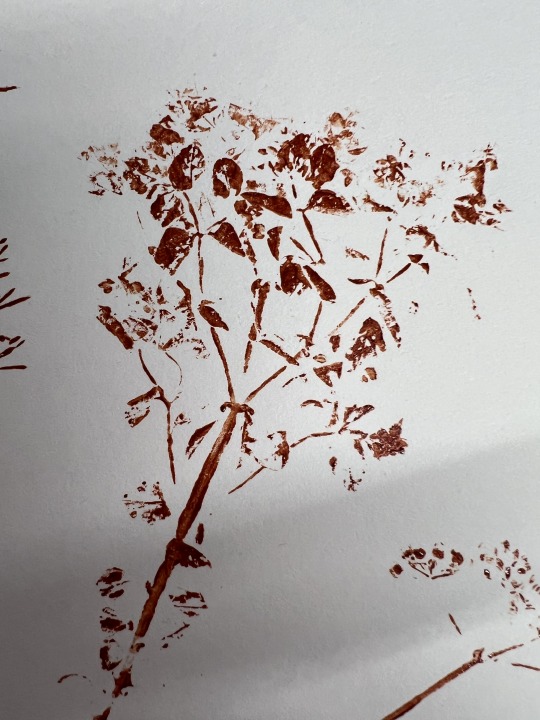
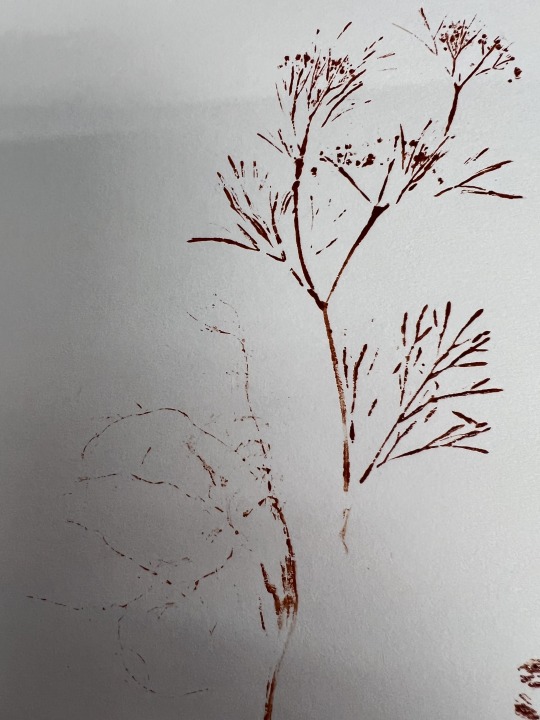
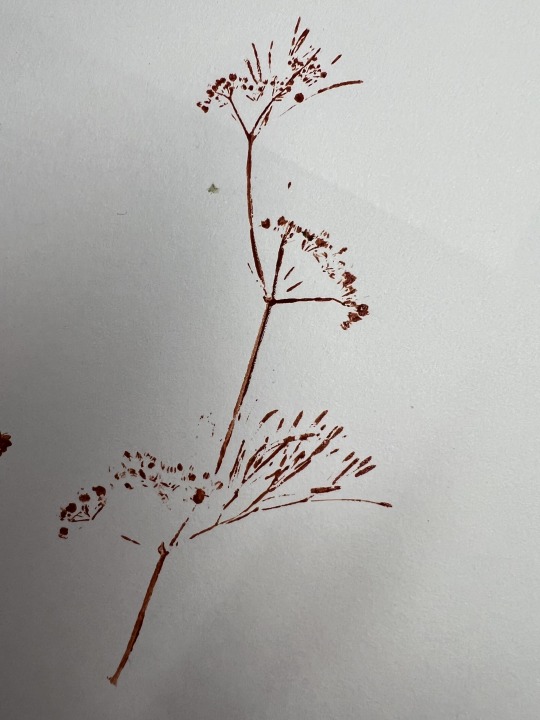
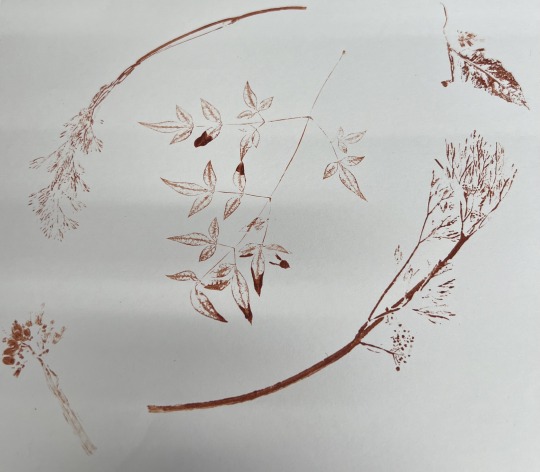
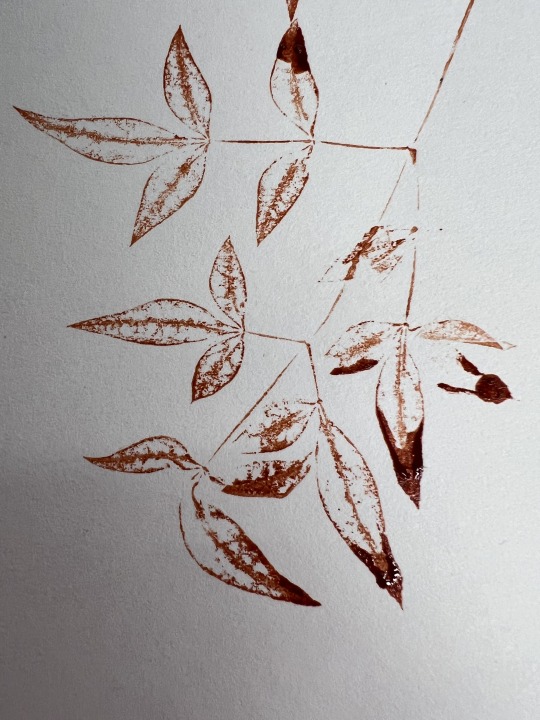

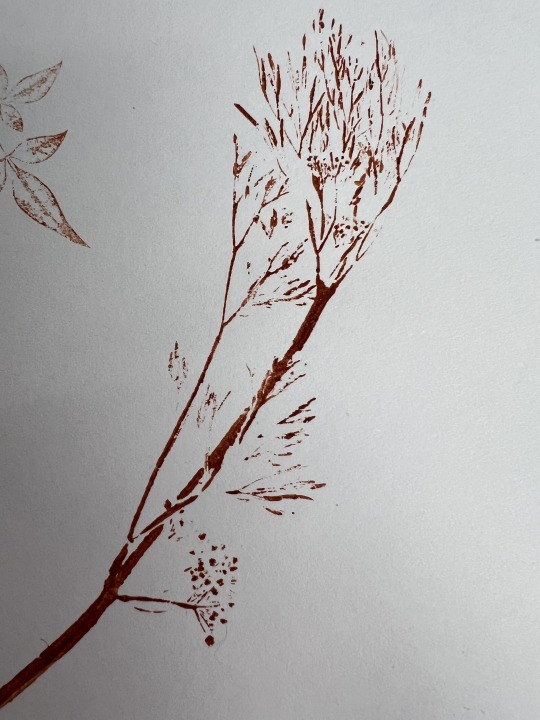


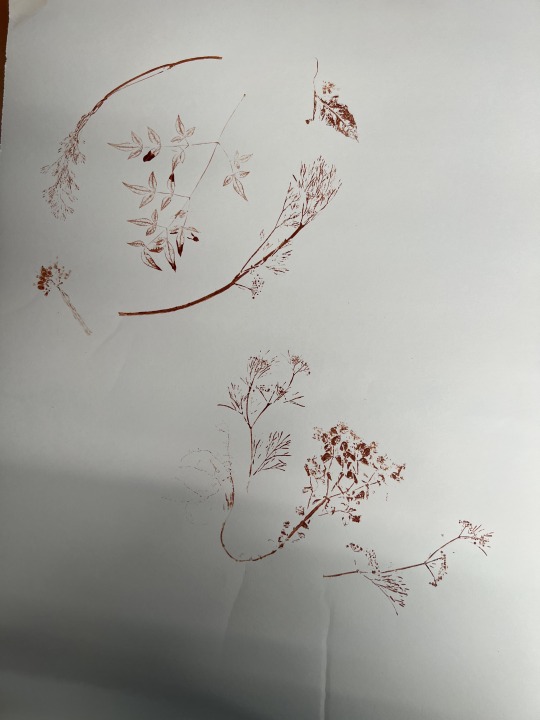
#sca projects#thingstonoteforfutureprojects#printmedia#aa sca yr 3 sem 2 week 7#botanical art#studio exercises
4 notes
·
View notes
Text



Oriental False Hawksbeard (Youngia japonica) blooming in the backyard this morning...
5 notes
·
View notes
Text
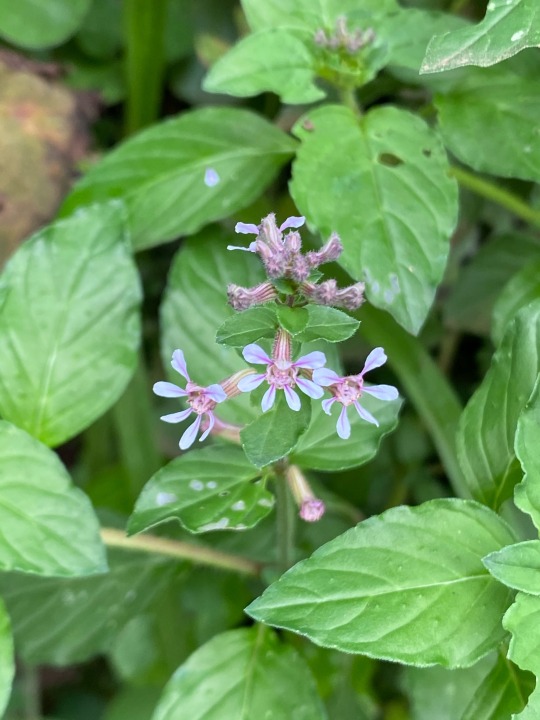
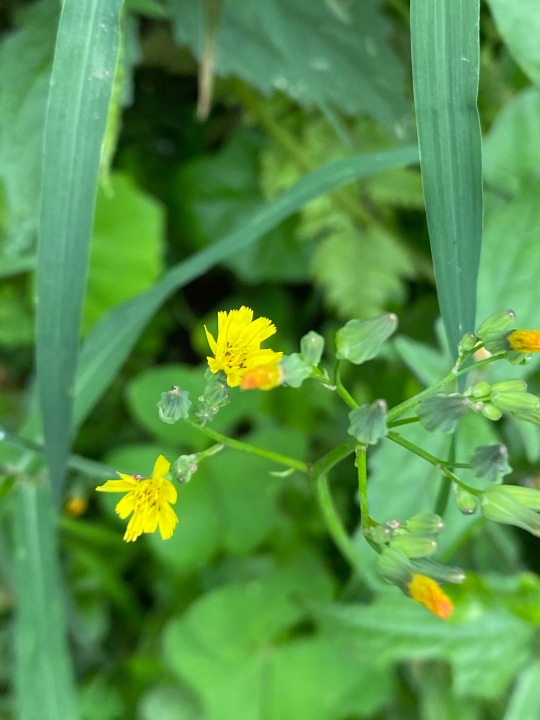


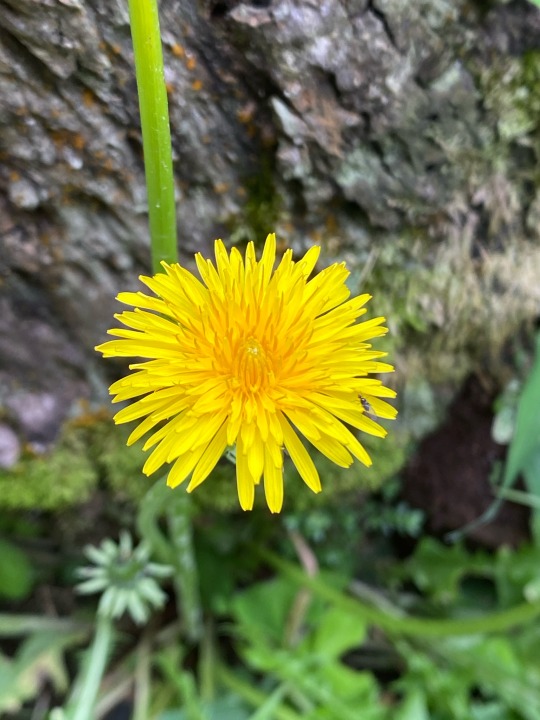



-Cuphea racemosa (Moradita)
-Youngia japonica (Flequillo japonés)
-Arachis hypogaea (Maní)
-Browallia americana (Simpática)
-Taraxacum officinale (Diente de León)
-Bidens alba (Romerillo)
-Oxalis debilis (Trébol)
-Emilia fosbergii (Clavelillo)
#plantas#plantasornamentales#plantasornamentais#jardineria#flor#jardin#gardeners on tumblr#naturaleza#flores#garden#plantasdeinterior#plants#plantblr#indoor plants#trebol#clavel#flores silvestres#cali#colombia
5 notes
·
View notes
Text
Oriental False Hawksbeard (Youngia japonica)'.
0 notes
Photo

spring yellow
this is oriental false hawksbeard 黃鵪菜 (youngia japonica)
a common weed here, a native plant. some call it weed, but to some it is wild veggie. i simply love its bright yellow and beautiful posture.
13 notes
·
View notes
Photo

Oriental false hawksbeard (Youngia japonica)
#Nikon D3400#nikonphotography#my flora#nature photography#photographers on tumblr#flora#Oriental false hawksbeard#Plantae#Angiosperms#Asterids#Asterales#Asteraceae#Youngia#Youngia japonica#hawksbeards#invasive plant species
11 notes
·
View notes
Photo

5 notes
·
View notes
Photo

Oriental false hawksbeard (Youngia japonica), a plant native to eastern Asia.
#eli's photography#not fandom#photographers on tumblr#original photographers#photography#digital photography#original photography#lensblr#macro#macro photography#nature#plant life#plants#flowers#petals#colors#colorful#green#yellow#iphonography#not kuro#not yoi
6 notes
·
View notes
Photo
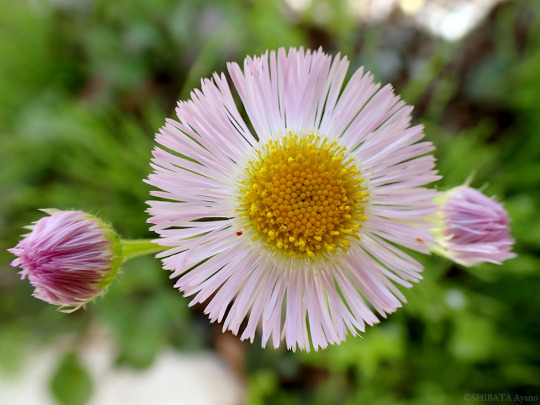
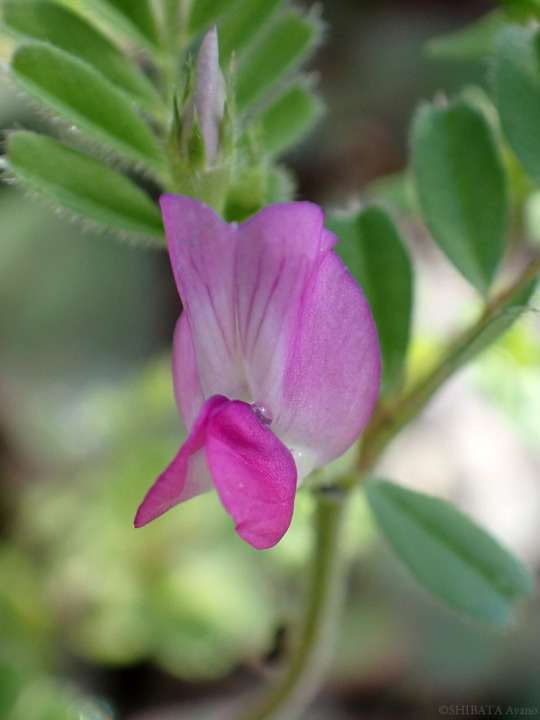
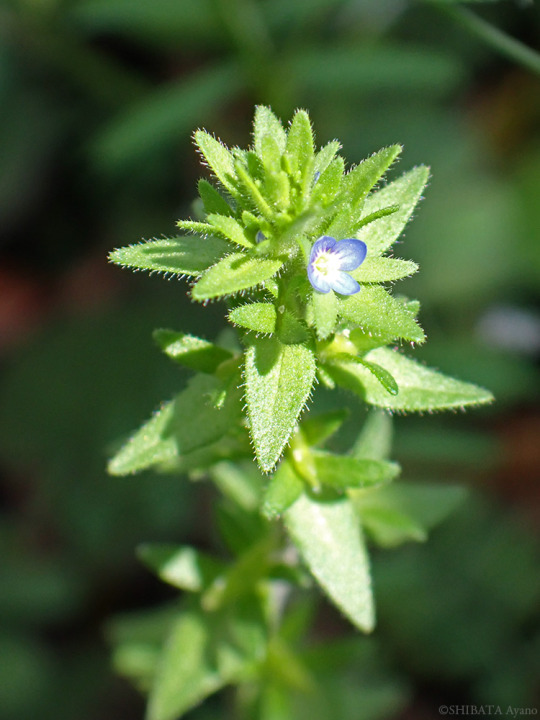
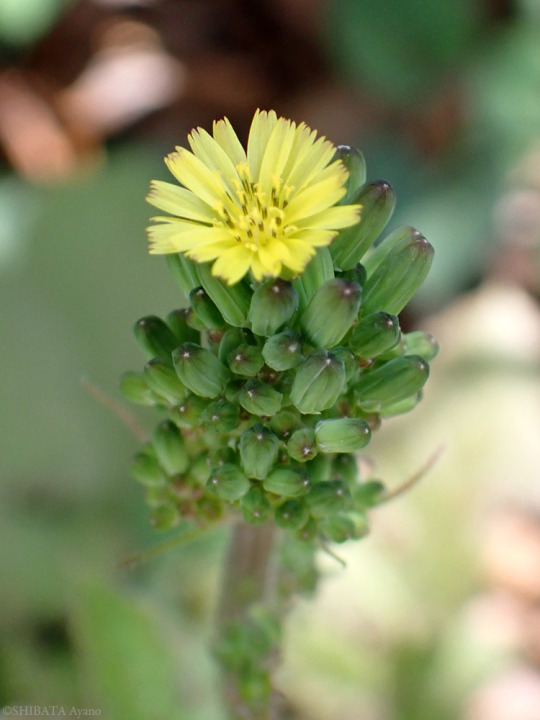
ハルジオン、ヤハズエンドウ(カラスノエンドウ)、タチイヌノフグリ、オニタビラコ
#Erigeron philadelphicus#ハルジオン#花#路傍の植物園#flowers#kwiaty#Philadelphia fleabane#ヤハズエンドウ#カラスノエンドウ#Vicia sativa subsp. nigra#Narrow-leaved Vetch#Veronica arvensis#タチイヌノフグリ#common speedwell#przetacznik polny#直立婆婆纳#オニタビラコ#Youngia japonica#oriental false hawksbeard#黄鹤菜#japan
4 notes
·
View notes
Photo

Youngia japonica, commonly called Oriental false hawksbeard, is a species of flowering plant in the aster family. Native to eastern Asia, it is now found as a weed nearly worldwide.
1 note
·
View note
Photo

Flor de Crepis japonica, youngia japonica (L.) 💚💚💚 #crepedojapao #alfacedobrejo #crepisjaponica #youngiajaponicadc https://www.instagram.com/p/B082j6rhXQt/?igshid=73m44vgkhy0v
0 notes
Photo

PANC Crepis / Crepe-do-japão (Youngia japonica) Possui quantidades de vitaminas como do complexo B, vitamina C e E, também de minerais como cálcio e magnésio. Suas folhas podem ser utilizada crua ou cozida, em saladas, ensopados, tortas, bolinhos, sucos verdes e refogados Bolinho de crepis 1 maço de crepis picadinho 1 xícara de farinha de trigo 2 ovos Sal a gosto ½ cebola pequena cortada em cubinhos Óleo para fritar Preparo: misturar todos ingredientes. Modelar com uma colher e fritar em óleo quente. #nutricionista #nutrcionistaemtempointegral #maenutricionista #nutrir #nutricao #comerbem #viverbem #alimentacaosaudavel #longevidade #positividade #panc Foto Ann Murray (em Conceição do Coité)
#nutrir#longevidade#nutrcionistaemtempointegral#alimentacaosaudavel#nutricao#viverbem#nutricionista#comerbem#positividade#maenutricionista#panc
0 notes
Photo



タンポポとそっくりさん
タンポポと言えば、多くは帰化植物であるセイヨウタンポポ(西洋蒲公英 Taraxacum officinale キク科)を指し、幼少期から馴染みのある春の植物のひとつです。黄色い花と、手折ると茎から滴る白い乳液、真っ白な綿毛を連想します。ところが、近所を散歩して見かけるのは白花ばかり。島内で黄花を見かけることもありますが、この辺りには少ないようです。こちらはシロバナタンポポ(白花蒲公英、学名: Taraxacum albidum キク科)と呼ばれています。
セイヨウタンポポと和種のタンポポの見分け方は総苞片が反っくり返る、反っくり返らないかだと言われますが、シロバナタンポポでは総苞片が反り返っているものもないものあり、はっきりしません。
タンポポのそっくりさんと言えば、一般にブタナ(豚菜、学名:Hypochaeris radicata キク科)が挙げられますが、先日こんな話を聞きました。もうすぐ90歳を迎えるご婦人が幼稚園教諭をしていた当時の名瀬市内には、タンポポがあまり自生していませんでした。園児たちがオニタビラコ(鬼田平子 Youngia japonica キク科)を見て「タンポポだ」と言っていたそうです。タンポポを見せてあげたいと思い、東京を旅行した時に綿毛を採ってきて園庭や自宅の庭などに撒いたそうです。数年はタンポポが咲きましたが、その後は姿を見なくなったといいます。
奄美の土壌や気候に合わなかったのでしょうか?
以前暮らしていた香港でもタンポポがほとんど自生していなくて、わざわざ種が蒔かれ、花壇に一列に並んで育てられているのを見たことがあります。
下の写真が花の付いてない時のタンポポとオニタビラコです。ロゼット状の葉がそっくりですが、葉の先端が矢印のように三角形になっている方がシロバナタンポポです。引き抜いてみると主根をもつタンポポと、ひげ根をもち抜きやすいオニタビラコという違いがあります。もちろん、花が咲けばその違いは一目瞭然です。


奄美群島生物資源webデータベースによると、民間療法でセイヨウタンポポが「利尿、解毒の作用があり、根または全草を、健胃、強壮、緩下剤、発汗、解熱、にきびや乾癬などの皮膚疾患、骨関節症や痛風の関節炎、胆石の予防、二日酔い、催乳に用いる。」とありましたが、実際によく使っているという方にはまだ出会っていません。
ちなみに、よく見かけるオニタビラコは奄美大島の方言で「タンポポ」と呼ぶことがあり、民間療法での利用方法もあるそうです。「全草に、解熱、解毒、消腫、止痛作用があり、薬疹、食中毒、感冒、乳腺炎、リウマチ性の関節炎、アレルギー性の喘息に、のどの痛み、乳腺炎、結膜炎、尿路感染に、煎服または生の青汁を飲用する。」
タンポポのそっくりさんにも薬草としての利用法があったとは。実際に収穫のタイミングなどをいろいろ試して使ってみたいと思います。
0 notes
